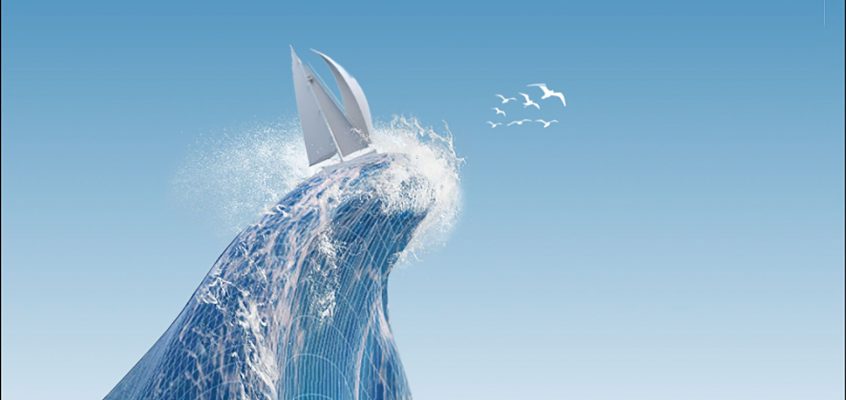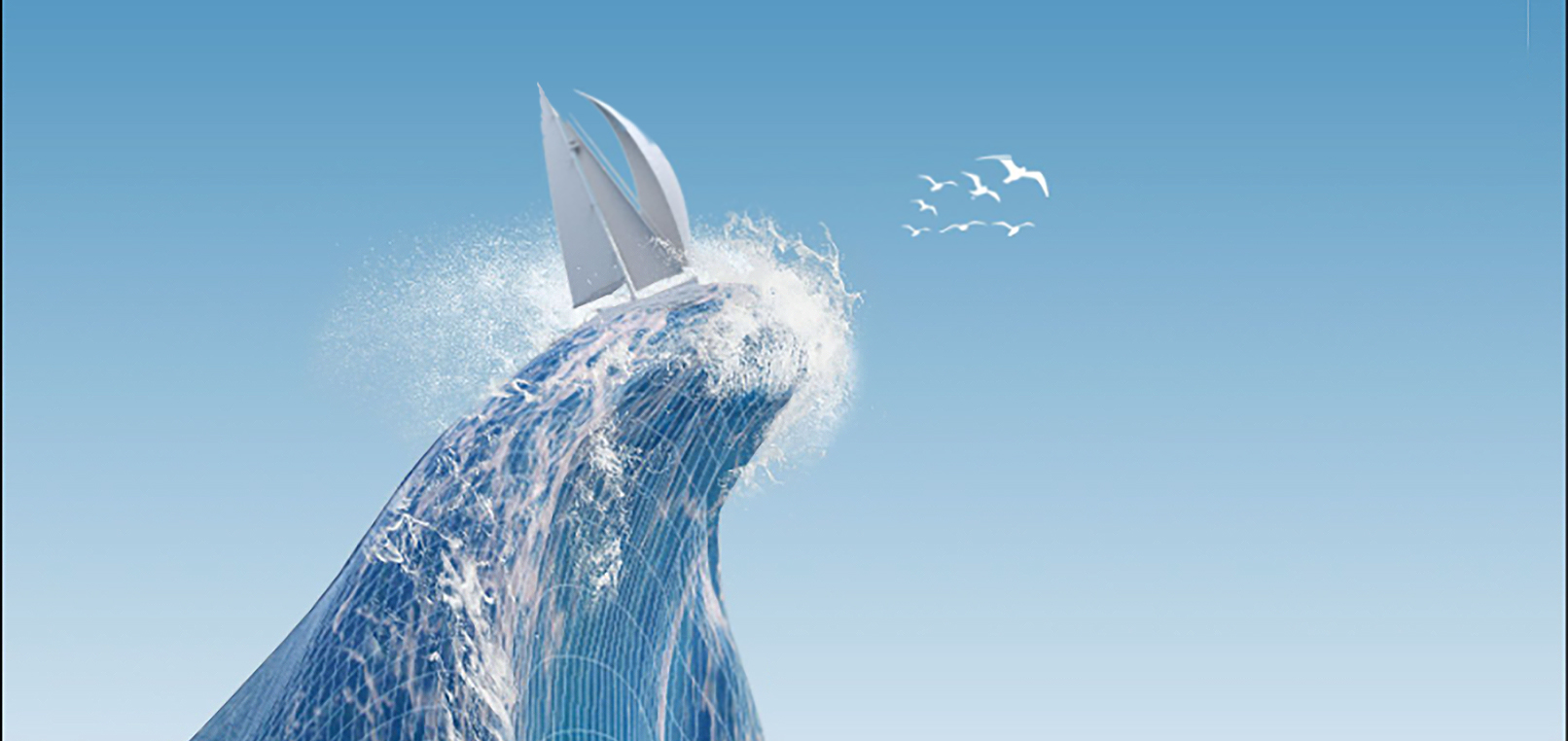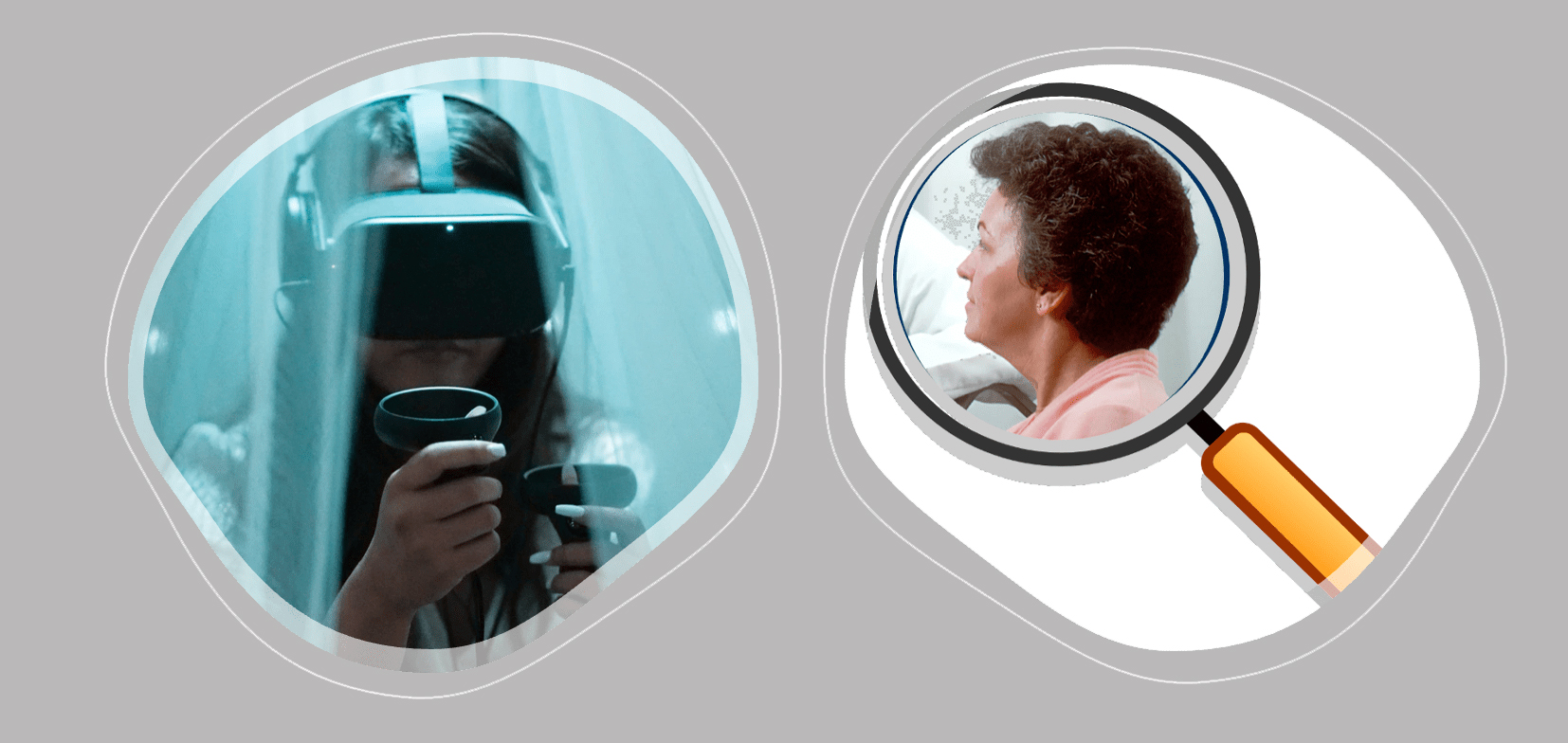Building Your Rogue Radar: How To Spot Unexpected Peril And Opportunity
With all the time that companies invest in strategic planning, it’s surprising how little true strategy emerges. We see financial plans and near-term tactics, but few firms position themselves more than one or two chess moves ahead. Then unexpected waves of change submerge plans and upend the competitive order.
Most companies know how to work with predictable social, economic and technological disruption. The issue is that, while they may be individually manageable, they frequently collide, and build into unmanageable rogue waves. COVID was just one recent example. As the world moves faster and becomes more connected, rogue waves will become more common, not less. It isn’t enough to succeed in the present – you must also build resilience to thrive in the future.
This growing volatility is one major reason why strategic planning is such a challenge. Understanding cumulative risk is more difficult than understanding individual risk. It’s hard, so many companies simply default to one consensus view of what’s to come. These projections tends to look remarkably similar to what they see today. Often, they are based on unquestioned assumptions and incomplete or dated information.
Eight of the ten largest publicly held companies in the United States failed to identify pandemics as a risk in their 2019 SEC filings. It’s not as if the challenge was unknown. Many risk management consultants and the US Director of National Intelligence identified them as a rising threat. This points to the second major challenge of spotting the ‘unexpected’. Corporate leaders often over calibrate on disruptions in their personal career experience. Even if these turn out to be their rogue waves, they have had experience managing them and survived. The real threat is the one that doesn’t keep you up at night.
I’m going to let you in on a few ways to identify these risks that I leveraged as the Global Futurist at HP.
To start, you need to create probabilistic assessments. Weather forecasters do this. While the TV news might show one track for the moving eye of a hurricane, a closer look at the data tables online will reveal a range of models and probabilities associated with each of them. Perhaps there’s only a 20% chance that a Category 3 storm is going to churn over your home tomorrow. For me, that would be enough to take immediate action.
For businesses, probabilistic forecasts consist of a manageable number of discrete scenarios. Not just good / better / best, but truly different views about what will transpire, with associated rough probabilities. In their 2019 planning, neither AMC theaters (which nearly went bankrupt, then turned into a meme stock) nor Zoom (which experienced exponential growth) considered the rollercoaster that was 2020. In many companies, suggesting such improbable futures would get you laughed out of the room. The point is that you need to consider both the degree of certainty and the impact. As with the hurricane example, a 20 percent chance of really bad consequences may be enough to jumpstart a plan.
Like a weather report, any view into the future should start with:
-
A solid baseline. Check that your assumptions and data are up to date and accurate.
-
An appropriate dataset. Don’t over rotate on individual data points. Use a dataset that is valid and large enough.
-
A projectable timeframe. Look far enough, but not too far. The world of 2100 is irrelevant, but 7 years of digital transformation just happened in one.
-
An acceptable variance. Nothing about the future is precise, and it often exceeds the parameters. You need guide rails to know if you are on target.
We have more, better data today than at any point in history. This makes forecasts more accurate, but it also makes it harder to know where to start — you need a tool for doing this. My book, Rogue Waves, lays out the Four FOES of Growth: Financial, Operational, External, and Strategic risks. The best way to figure out what rogue waves are important in your business, is to build a Rogue Radar that gives you a 360º perspective on the waves to watch for.
Start by considering each of these FOES categories one by one. Do an exhaustive analysis of knowable trends, the rogue waves they could kick up if they collide and their domino impact on your plan.
THE FOUR FOES OF GROWTH

Most strategic plans spend a huge amount of energy on financial and operational risks. However, historically, these are a minor cause of the catastrophic events that capsize companies. According to a study we did at HP, they only accounted for about a quarter of those events. Fully 37% come from external threats and 36% from strategic threats. The take away — look outside your company’s four walls!
The flip side of threat is opportunity. One company’s catastrophe is another’s bonanza, as JC Penney and Amazon taught us in 2020. In many cases, you don’t need to cause the disruption to benefit it! You just need to position yourself well, recover faster and ride the wave.
If you apply the Rogue Radar to your customers and competitors, it will also identify the moments when changing fortune makes new ones possible.
When you create your Rogue Radar, consider these key questions:
-
What external and strategic dynamics are at play in your industry, what would disrupt them and how would you know in advance?
-
Are your company’s activities aligned to the threats and opportunities you face?
-
Where do you need to optimize your avoidance, mitigation, and innovation strategies?
-
What experiments need to be done?
-
What immediately actionable, budget-neutral steps can you take?
These questions can lead in uncomfortable directions. Good! That means you’re on your way. When a rogue wave rises, every ship gets flipped. That’s your opportunity—if you have the more resilient growth strategy.





